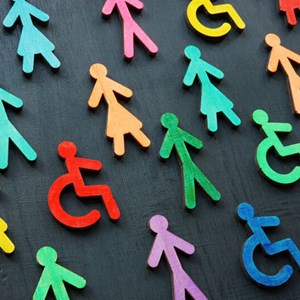Direct Discrimination:
This occurs when someone is mistreated because of a protected characteristic. For example, refusing to hire someone who has a disability.
Indirect Discrimination:
This refers to policies that seem neutral but unfairly impact those with a protected characteristic. An example could be needing all employees to work on Saturdays. This policy may disproportionately affect those observing a particular religious day.
Harassment:
The Act defines harassment as ‘unwanted behaviour related to a protected characteristic’. This unwanted behaviour could humiliate or intimidate someone. It might also create a hostile work environment.
Victimisation:
Victimisation occurs when someone is mistreated because they’ve made a complaint. It can also happen when a person has supported someone else’s complaint.

